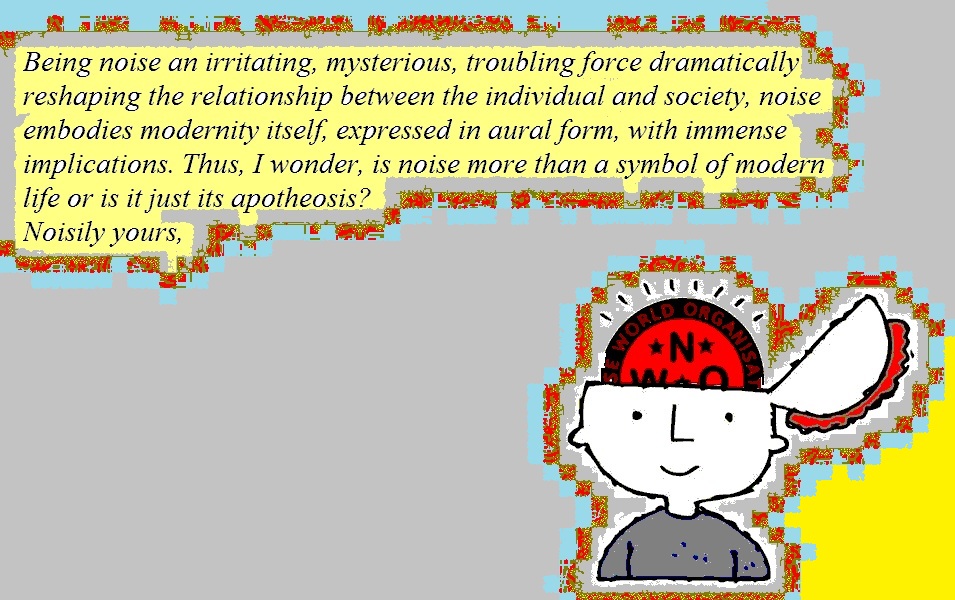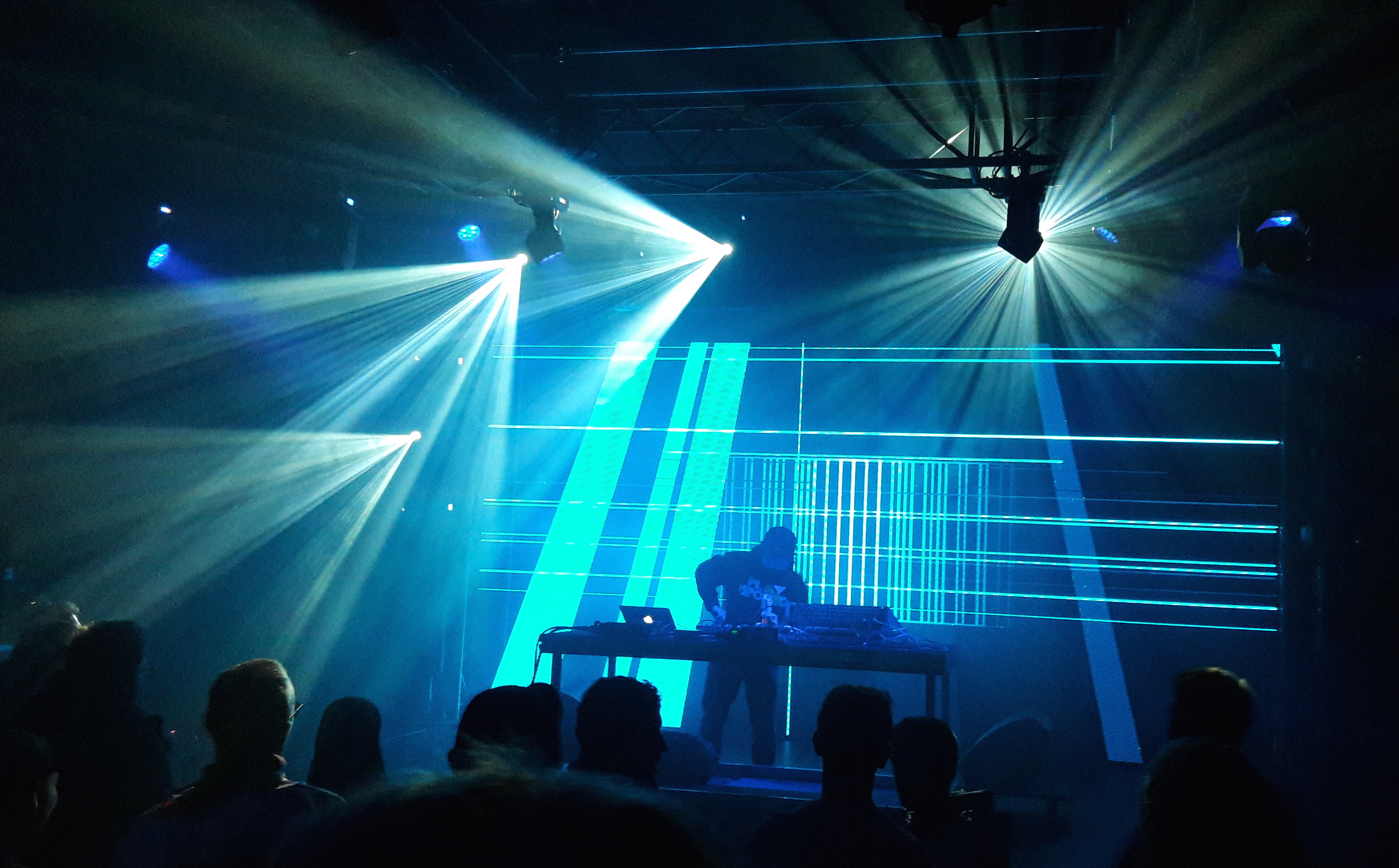Digital Materialism “From A Medium To Material” – メディアからマテリアルへ “データマテリアリズム” (essay)
.png)
メディアからマテリアルへ “データマテリアリズム” – Essay by Yousuke Fuyama.
Originally printed in ZINE #6 “Locating Electronic Music”. Please find English version below.
データはそれを取り巻くテクノロジーの効率化と高速化の果てに、メディアとしての伝達のための形態と機能と同等かそれ以上に、マテリアルとして、それそのものとしてのリアリティを持つことになった。それによってデータ化されたコンテンツがストリーム上で識別・処理・交換されるための様々な入れ物としてのメタデータ、データ形式、ハードウェアといったメディア特性そのものの存在がコンテンツそれ自体を決定し得る強力な影響力を持ち始めることになった。コンテンツを主体としてそれに適した形式を選ぶのではなく、形式そのものが逆説的にコンテンツを規定し、変容させる。”意味の乗り物(vehicle)”であったデータが”自律的なフライングオブジェクト”へと変貌したのである。ナムジュンパイクとブラウン管、ジョンケージとラジオ、ピエールシェフェールと磁気テープの関係性に見られるメディアと創造性におけるテクノロジカルなパラダイムシフトと同様の現象を見て取ることができる。
さらにデータの集合は、デジタルという形式においてどのような表層を形成していたとしても、すべてをバイナリ情報として還元可能なため、原理的には測定可能な物理世界から抽出したあらゆるデータを同一のバイナリ次元上で一括に扱うことが可能である。そこでは本来コンテンツを規定するためのメタデータや記録形式そのものも、コンテンツと同次元の画一的なバイナリの集合として還元される。
いわば流動的で不確定な原子的データ群が、シリコン上で原子論的な仮想空間を形成しているのである。またそれはコードという重力によって互いに結合し、異なった実体として再構築され物理世界へと舞い戻る。
こうした状況は、実体の情報を測定・記録・伝達するため形式であったデジタルが、その汎用性と普遍性によってあらゆる実体からのデータを吸収・融合・変換することを可能としたことで、異なったデジタルメディアを行き来するためのエンコードやデコードというデジタルの特性的なプロセスそのものが創造手法としての可能性を開くことになったことを示す。
今やプログラミング言語・メタデータ・演算・フィードバック・サンプリングレート・記憶容量・ディスク・ハードウェアといったあらゆるデータの伝達プロセスそのものが創造における決定的な表現手段のひとつとなった。
それは同時に、印刷技術から続くオリジナルとコピーの増殖によるアウラの喪失が、デジタル変換プロセス上で不可避に発生するデジタルエラーやグリッチによって再度獲得され、それがネガティヴなノイズとしての副産物から、ダイナミックで動的で予測不可能かつ多様なアウラを半オートマティクに生成し続ける可能性そのものへと変化させることにもなった。いまやデジタルコピーは単純な複製ではなく、ひとつの創造手段なのであり、データマテリアルを変容させる意思介入の契機と成りうる。
こうした状況はデータを扱う創造手段を多様化させ、コピーやトレースを超えたアウラを帯びたグリッチやエラー、オートマトンやフィードバック、コーディングやインタラクションを生み出し、デジタルを用いた創造に新たなテクノロジカルな次元を開拓したが、さらにそれはすべてがデータに還元される”という事実によって、データの集合から構築される仮想世界を通じた物理世界への新たな視座をフィードバックしている。
それは唯物論的(マテリアリズミック)なニヒリズムであり、データによって究極的に宇宙全てが計算可能なバイナリの羅列と捉えることで、デジタルを取り巻く環境全てに普遍的・潜在的に存在する感覚だ。現実世界からどのような対象をデータ化したとしても、コンテンツとして感情や主観を喚起するリアリズムが無効化され、シリコンを漂う粒子の集合として存在し得る事実は歴然と横たわっているのだ。
古くからの仏教の教えには「色即是空(shiki-soku-ze-kuu)」という概念がある。色は実体を持つ存在、空は実体のない存在をそれぞれ指しており、それらがイコールで結ばれている。実体や現象はそれ自体では存在せず、互いに関連しあうことで世界が成り立ち、その逆もまた真なりと説く。
デジタルデータそれ自体は電気信号としての実体が存在していても、人間にとって認識可能なある形式として互いに関連づけられなければ、それらが認識され実体化することはない。その意味でコンピュータによるデータの振る舞いとは、「色(siki)」と「空(kuu)」の状態の相互変換装置と捉えることができるだろう。デジタルマテリアリズムとは宇宙を「空観(kuu-gan、すべてを空の集合として世界を捉える見方)」する態度である。つまりデータとして測定され抽象化された現実世界の実体(色)は、すでに実体を失ったデータ(空)の状態として仮想世界に保存と書き換えが行われ、それらに対して再度認識可能な形式を与えることで実体(色)の状態へ変換されるのである。空であるならばそこに感情も意味も存在しない。
しかしそこには、何もない、という事実は確実に存在する。非存在としての存在のリアリティが、データストリームそのものを知覚することによって立ち現れてくるのだ。
.png)
Digital Materialism – From A Medium To Material
Data has gained a reality. Technological advancement transformed data from a mere communication medium into something with a reality. Data materials now exercise a very powerful influence over the contents which they represent. The former can define and alter the latter. Once data was a vehicle of meaning while now it is an independent flying object. Arguably, this phenomenon can be viewed as a technological paradigm shift in the relationship between media and creativity, similar to what presented by Nam Jun Paik with TV, John Cage with radio, and Pierre Schaeffer with magnetic tapes.
Essentially, any set of data including metadata and recording formats can be resolved into binary information regardless of what shape they take. When considering all data belong to the physical world which can in principle be measurable, they should be treated on the same binary plane. Namely, collections of fluid and indefinite atomic data form a virtual space on the silicon level. They are bound together by the gravity called codes, then reconstructed as a different substance and returned to the physical world.
Because digitality is generic and universal by nature, virtually anything today can be absorbed, merged, and converted as data. On that account, the movement of those data, that is, digital transmission process itself can be one of the definite modes of artistic expression.
Aura is said to have been lost through the repetition of copying since the invention of printing. Yet it can be re-gained thanks to errors and glitches inevitably arising from the digital conversion process. Such by-products are not negative noise. In fact, they should be recognized as possibilities to re-create aura that are both dynamic and unpredictable. Digital copying thus is not a simple replication, but can be a positive and creative opportunity to transform the subject dealt with. Other digital process and modes such as encoding and decoding, programming languages, metadata, operation, feedback, sampling rate, memory capacity, discs, hardware, automata, and interactions can also function in such a way.
Here, it is relevant to bring the views of materialistic nihilism and Buddhism. According to materialistic nihilism, everything can be measurable by data and therefore all that in the universe are enumerations of binary data. Any realism suggesting emotion and subjectivity no longer exists once it is made into data and becomes a mere collection of particles floating in the silicon space.
Buddhism teaches the idea of Shiki-Soku-Ze-Kuu. That is, color equals emptiness and vice versa. Color represents existence or entity while emptiness means void. Namely, no substance exists by itself and the world is therefore all made up of the sheer relationships of the contrasting two.
In a similar perspective, digital materialism views the universe as an aggregation of emptiness. Digital data exist as electric signals. Nonetheless, they are void and cannot be recognized unless they are given a form that relates themselves to each other. When a reality is measured, abstracted and saved in the virtual world as data, it loses its entity. It is only made present again when given a recognizable form.
While in data hence void, there should not be an emotion nor a meaning.
Yet one thing does exist. That is an absoluteness that all is void. In the midst of data streams, we feel this ultimate entity as nonentity.
Info:Yousuke Fuyama was born in Nagano, Japan in 1983. He is an artist, composer, programmer, visual and graphic designer. Yousuke Fuyama is the featured artist of Passive/Aggressive ZINE #6, which is out now in Copenhagen, Tokyo, New York and Berlin. Read more: http://passiveaggressive.dk/passiveaggressive-new-magazine-gets-international-release/
.png)


